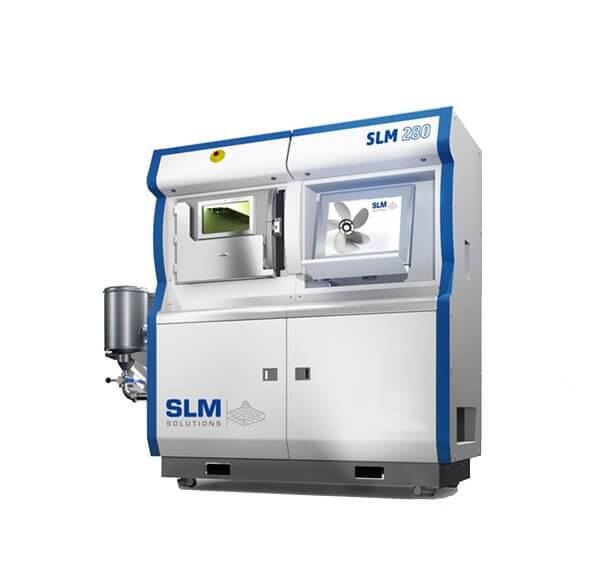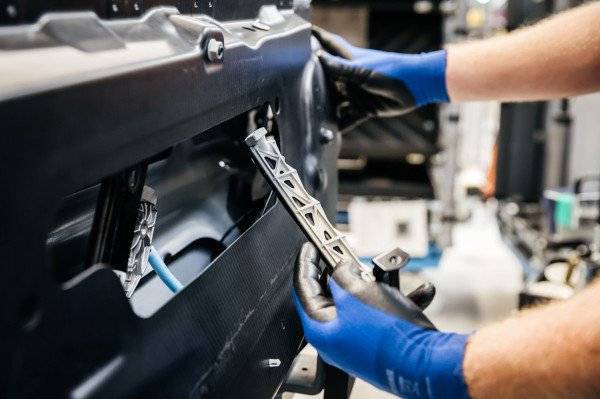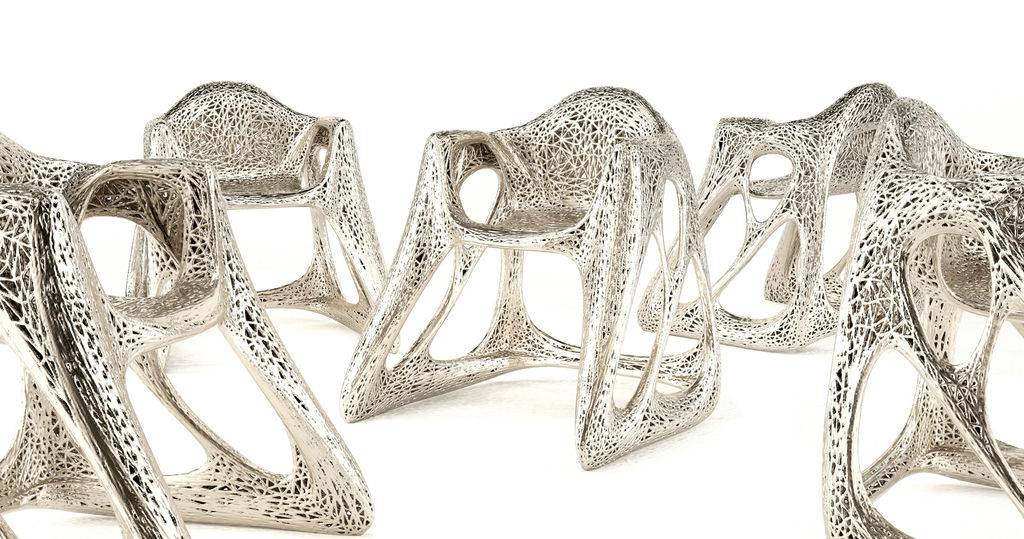The year 2018 witnessed a massive evolution in the 3D printing industry, as companies involved in the space have certainly explored new frontiers. It was the year of centres for excellence for 3D printing. In 2018, the sector saw strong progress regarding implementation in various industries, ranging from healthcare to manufacturing. The manufacturers introduced new systems and technologies into 3D printing. This year witnessed the market entry by multibillion-dollar companies especially polymer companies and the rise of start-ups with tens of millions in investment. With more companies getting involved in the sector, 3D printing is on its way to becoming the fourth industrial revolution. 2018 was a year of professionalization with everyone focusing on end-use applications and higher-end products.
Top 3D printing stories and major trends of 2018
The 3D printing industry received news from several sub-verticals through the year. The sector had a rollercoaster year so far, with any highs and lows. Some of the top 3D printing stories of 2018 include: BigRep unveiling the world’s first 3D-printed electric motorcycle, veterinarians’3D printing part of a skull for a dachshund suffering from cancer, NASA revealing the winning designs for its 3D-printed Mars habitat competition, Reebok launched the first Liquid Factory 3D printed shoe to the commercial market, Wipro 3D inaugurated a metal 3D printing experience center at its headquarters in Bengaluru, India, Openbionics introduced the Hero arm and E3D developed tool head changer print head.
The other 3D printing stories included: ANSYS introduced new simulation tools for 3D printing, in partnership with Materialise; Stratasys launched PEI and Carbon Fiber optimized systems and expanded software; EOS manufactured a machine for Boeing; Formlabs introduces ceramic resins; and 3Doodler announces new 3D printing pen. Digital Alloys has received $17.9 million in funding to develop a new form of metal 3D printing that is faster, less expensive, and more reliable than traditional metal 3D printing systems.
Some of the big trends in 2018 include: 3D Systems and Stryker partner for surgical planning; Materials giant BASF collaborates with Farsoon and BigRep and invests in Materialise, in order to place itself in the driving seat of materials development and learning; DSM partners with Ultimaker and introduces materials; and Henkel and LPW expand facilities showing us real investment in thermosets and metal powders. Solukon releases depowdering machine, as post-processing equipment to optimize 3D printing for manufacturing was a huge trend this year.
Improving thermosets was a big trend in 2018 as was continued investment and research in Singapore that wishes to be a 3D printing focal point. Titomic partners with Fincantieri and this partnership showed emerging interest of marine sector in 3D printing. Service bureau stalwart FIT and new player Robooze expand across the world a huge trend of expanding partnerships, resellers and offices happened this year. Bioink used to 3D print corneas. The development of bioinks and their expanding uses was a huge trend as well.
There were many companies doing space-related deals at aviation shows such as RUAG and Additive Industries. Using 3D scanning and 3D printing in museums grew a lot. 3DGence makes a capable high-end desktop machine. HP developed metal 3D printers. GE makes a big investment in 3D printing in Australia. Biodegradable medical devices such as stents were a trend in 2018. LSS’s new Airbus based sintering technology showcases the mini trend that 3D printing maintenance companies are providing innovation in sintering. This year also witnessed many operational studies and researches using 3D printing in different field.
Best 3D printers of 2018

3D printing technology is constantly evolving and new 3D printing technologies are appearing on the market quite often. Some of the best 3D printers include: SLM Solutions Group’s SLM 280 2.0, which uses Selective Laser Melting technology and comes with a patented multi-beam technology and two fiber lasers which expose the building field via a 3D scan optic during the printing process.
Formiga P 110 Velocis by EOS is a 3D printer can print polymer parts 20 times faster and the precision of the laser spot has a small focus diameter enabling wall thicknesses of less than a half millimeter. This printer uses the Selective Laser Sintering process.
Markforged Metal X 3D Printer is using cloud-based printer management software and a special 3D printing technique called ADAM (Atomic Diffusion Additive Manufacturing). It is 10 times cheaper than traditional metal printers.
EOS LaserProFusion EOS continues to drive the industrialization of additive manufacturing (AM) and presented its newest solutions at this year’s formnext. With LaserProFusion, EOS introduces a revolutionary technology for polymer additive manufacturing: with nearly one million diode lasers melting the material, building up the part layer by layer, this build process is so productive that it can serve as an injection molding alternative for many applications.
Laser Concept X LINE 2000R 3D printer is one of the largest industrial metal 3D printers. It allows two build modules at one time thanks to a rotating mechanism.
 Desktop Metal’s Production System is a Desktop 3D printer is 100 times faster and 20 times cheaper than other metal 3D printing technologies. This 3D printer is made for mass production and complex metal parts.
Desktop Metal’s Production System is a Desktop 3D printer is 100 times faster and 20 times cheaper than other metal 3D printing technologies. This 3D printer is made for mass production and complex metal parts.

HP Jet Fusion 300 / 500 3D printer offers a full-colour technology in the company’s Multi Jet Fusion technology. DMP Factory 500 by 3D System is a 3D printer with build volume of 500 x 500 x 500 mm. The DMP Factory 500 is a customizable solution, with five modules: Printer Module (PTM), Removable Print Module (RPM), Powder Management Module (PMM), Transport Module (TRM), Parking Modul (PAM).
Real-World case studies that were 3D printed in 2018
3d-Printed Steel Bridge
Unveiled at Dutch Design Week this year, MX3D’s printed pedestrian bridge will be installed in Amsterdam in 2019. The 40-foot (12-meter) stainless steel bridge is designed by joris laarman lab.

Self-Tracking 3d-Printed Plastic Objects
Using 3D printing, University of Washington researchers created objects such as pill bottles or prosthetics that can send information on how they are being used—without the need for batteries. Antennas embedded in the printed objects are activated when the object is moved in a specific way, such as when a pill bottle opens or closes.
BMW hit a major milestone this year: its one millionth component created in series production since 2010. The company estimates it will complete over 200,000 3D-printed parts this year. World’s First Fully 3d-Printed Electric Motorcycle
World’s First Fully 3d-Printed Electric Motorcycle
BigRep has revealed the world’s first 3D-printed electric motorcycle with ground-breaking additions like airless tires, embedded electronics, and forkless steering. 3D-Printed Metal Chairs
3D-Printed Metal Chairs
Using 3D printed metal, John Briscella has reimagined the epitomes of the modern design era into an investigative evaluation of emerging production techniques, ‘continuum3’. The collection highlights classic forms and dimensions of modern furniture. World’s First 3d-Printed Concrete Houses to be Built In Eindhoven, The Netherlands
World’s First 3d-Printed Concrete Houses to be Built In Eindhoven, The Netherlands
The city of eindhoven will see the first 3D-printed concrete houses built in the area of meerhoven in the next five years. Qith a design based on erratic blocks in a green landscape, the irregularly shaped structures take full advantage of 3D-printing’s ability to construct almost any shape. Named ‘project milestone’, it is a world’s first as the houses will all be occupied.
Tipped as the fourth revolution by the industry players as well as analysts, 3D printing has had a rollercoaster year so far, with the outlooks projecting a solid growth for the industry and to the investors. With 3D printing’s evolution in 2018, it is believed that 2019 will be an exciting year for the sector.
Trends to watch in 2019
- Cheaper & Higher Quality Metal Printing
- Mass Customization using 3D printing going into the Mainstream
- Adoption of Organic, Wearable materials
- Increased Productivity due to increase in printing speed
- Integration through New Software



